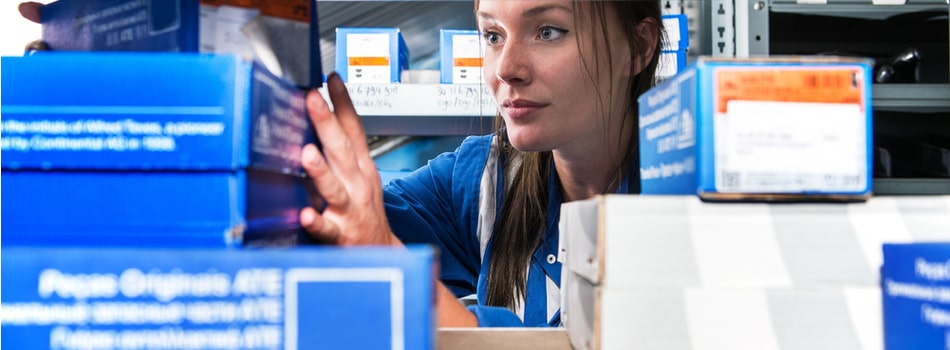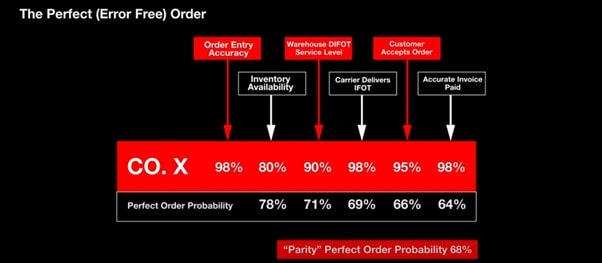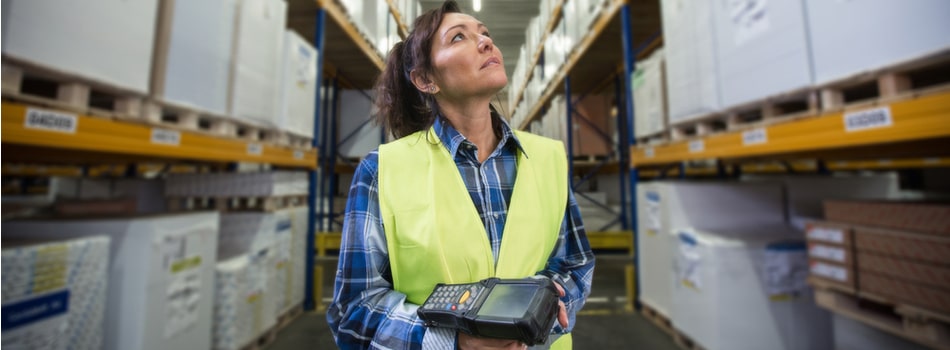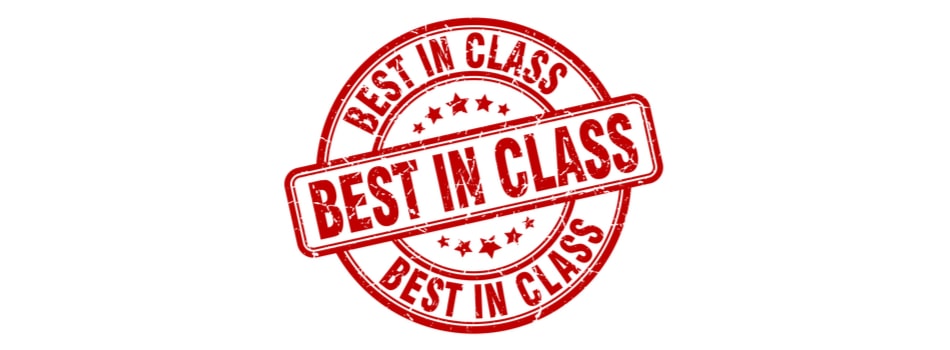Delivered in full & on time (DIFOT) is a very important key performance indicator (KPI) but most people measure it the wrong way and that’s why I am going to explain what I think is the best measure.
We call it the probability of a perfect order.
1. Order Entry Accuracy

One thing you should be measuring is your order entry accuracy. You’re taking telephone orders, you’re taking EDI orders, web orders. In whatever way those orders are coming in, are they being entered into your systems accurately?
In the case of one of our clients, let’s name it Company A, they were getting 98% accuracy. So think about that. What this means is that they are getting 2% errors right-upfront—keying errors, translation errors, or whatever. That’s not uncommon.
2. Inventory Availability

This one doesn’t get measured enough. What do I mean by this? Ok, we’ve got the customer’s order into the system but do we have the stock to fulfil that order? In the case of my example above, 20% of the time they didn’t have the stock available. So they’re already behind the eight-ball trying to look after our customers because 20% of the time they didn’t even have the stock available. So that is a crucial component to measure.
3. DIFOT service level

This is the ability of the warehouse to have the product picked, packed accurately, and ready for dispatch to the customer. In the case of my example, Company A was getting 90%. This means they had 10% errors still creeping in. So they had to think of the things they could do to correct this.
4. The Transport Company’s DIFOT

This is the one everyone seems to measure—the transport company’s delivery in full & on time. Company A measured 98%. That sounds pretty good, but when you take into account some of the earlier numbers there are consequences, which I will spell out later.
5. The Customer Acceptance Order

The customer accepts the order because the product wasn’t damaged, it was what they ordered, and the paperwork was right. In 95% of cases, the customers of this particular company were accepting the orders.
6. Invoices Paid on Time
To close the loop, it’s really nice to measure whether the accurate invoices were paid on time. Here the figure for Company A was 98%.
Assessing Your Performance
So, you have to measure not only the DIFOT but all the other KPIs as well. To get an accurate reflection of your performance, you have to multiply them all out.
So, in this case, we take the 98% X 80% X 90% X 98% X 95% X 98% and multiply them out, because they all impact each other. When we do this, we can see the probability of getting that order perfect is only 64%.

So, if you are looking at your business and see that the DIFOT is 98% you might think that you’re doing pretty well. You’re not, because the probability of getting a perfect order is not 98%.
In this industry, the average was 68%, which is not all that great. Best in class was 93%.
If these were your numbers, what would you look at first to try to lift that 64% closer towards 93%?
Righting the Wrongs

The one thing that stands out in this example is inventory availability—and that is exactly where this company’s management team trained their focus. They concentrated on improving the inventory, because that was going to have the biggest impact on lifting the overall measure.

The beauty of the probability of a perfect order measure is that we look at all the key functions that lead to servicing the customer, but it’s also cross-functional: we’ve got:
- Customer service
- Supply chain
- Warehousing
- The inventory people
- Finance
So, what you get is collaboration. All the functions work together to try and improve on the numbers.
With Company A, they started off with a 64% probability of a perfect order. They got to 68% in about nine months, and they reached the best-in-class number of 93% within two years. This KPI was the one that gave them the focus and the cross-functional collaboration that they needed.
Can you see why I absolutely love this KPI?


